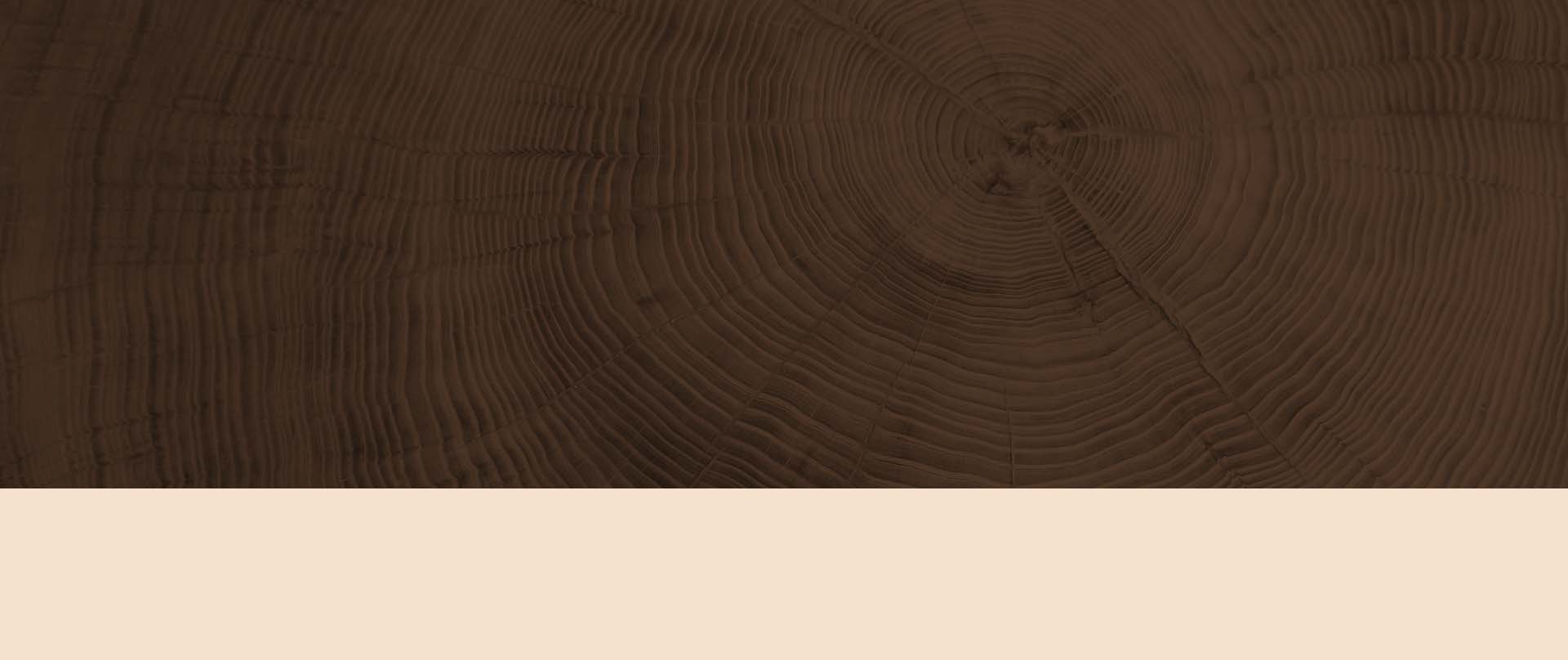

Pendulum Clock Movement
Quartz Clock Movements Open up Your Vistas
Quartz clock movements are the modern-day digital equivalent of traditional, mechanical nerve center for timekeeping. However quartz clock movements (additionally referred to as clock electric motors) have no springs, weights, pulley-blocks, or equipments to track time; rather, the quartz crystal creates a stream of pulses that are really fast and very consistent, suggesting that checking and partitioning the pulses gives an exact step of elapsed time. Allow us see how these splendid gadgets can open up a brand-new world to you.
Non-quartz clock movements run mechanically, using rotational force to transform a flywheel and a series of gears to figure out private time systems (i.e., secs). Without regulation, the flywheel would spin as well quick, which is where pendulums and escapement mechanisms can be found in. The pendulum is restricted to swing one level in half a second, and the equipment network converts the oscillation into secs, minute, and hours.
Modern digital motors work identically-- at least to the observer-- although an entirely different strategy is made use of to obtain the same results. The first thing one needs to comprehend is that quartz crystals naturally shake at their reverberating regularities when a voltage decrease is put on them. Next, one should recognize that the whole factor of clocks is to track elapsed time (resetting every 12 or 24-hour), and that whether this is done mechanically or electronically is a non-issue.
However, the electronic approach has numerous benefits that exceed simply doing away with the bulk of flywheels, weights, and equipments. Electronic motors essentially digitize the entire procedure, transforming what used to be carried out in equipment right into software. This gives them a lot better versatility and versatility than their mechanical counterparts, and actually they can execute essentially whatever capability can be thought up because programming has no equipment restraints.
For instance, what happens if we intend to lengthen the resetting time, or the period at which every little thing wraps around to where it started? Twelve hours and twenty-four hours are preferred alternatives, but there's nothing stopping one from going a complete week, or even a month!
Naturally, there's no factor carrying out such time extensions if you could not show them, implying particularly adjusted dials and perhaps an additional hand. For the once a week period, the days are published in the facility of the dial and the (brief) extra hand leaps to the next day every 24-hour. In a similar way, for once-a-month periods, days of the month are printed along the dial's circumference and a longish hand ticks to the following once a day. clock dials
A cool alternative "clock" movement that you can obtain monitors tide level. The only actual distinction is going from a solar cycle to the lunar cycle, which is 24 hr and 50 mins. The movement has to be booted up and calibrated for neighborhood problems, once this is done the trend degree will always be accurate.
The tide-level activity (which can be combined with average timekeeping to show time and trend on one face), is a sort of lead-in to movements that depart from periodicity. Here, the thing revealed is a weather sensation, such as moisture or temperature level, and the single hand rotates between 2 extremes of a range. Sensors are utilized to spot current values, and the electric motor transforms the value into hand placement.
The astute viewers will certainly recognize that we are no longer in the world of quartz movements, as there is no factor to track elapsed time. However the digital quartz technology has freed up the imagination to assume in terms of software as opposed to equipment.
An interesting result of all this is that there is a market for clocks and functions of the past, such as grandfather clocks with oscillating pendulums. The digital movements can accommodate such desires via simulation, even though pendulums are no longer functioning components; this is particularly useful for clockmakers that desire to recover an old, non-functioning heirloom. Obviously, quartz clock movements open your vistas.